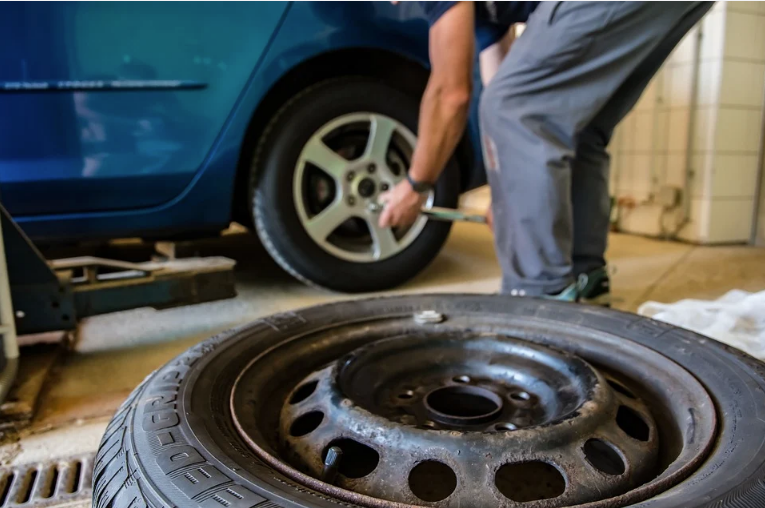

BY RUQAYA AL KINDI
End-of-life tyres are waste materials that become an environmental problem for the consumer countries, but with the right knowledge and information can be turned into great economic wealth.
The status quo today is that many people tend to burn tyres and this behaviour, unfortunately, causes great danger to humans and the environment. Oman Environment Holding Company —
“be’ah” said that tyres are usually burnt to extract the metals inside.
be’ah warned that extracting these minerals through burning is dangerous as not only it pose danger in human health but also to the environment.
The Sultanate produce an estimated 45,000 tons of end-of-life tyres annually according to be’ah and this number is expected to increase in the future.
It takes a very long time for end-of-life tyres to decompose and as such causes serious environmental damage if left in landfills. Thus, the traditional method of throwing them in landfills is not an appropriate solution. Burning them also results in the emission of toxic gases that are harmful to human.
Fortunately, countries, including the Sultanate of Oman, now rely on a circular economy, which is the most important axis of economic diversification (diversification of sources of income in the economy) for these countries. Industry experts define a circular economy as “an economic system of closed loops in which raw materials, components and products lose their value as little as possible, renewable energy sources are used and systems thinking is at the core.”
Intending to convert 30,000 tons per year of end-of-life tyres to fuel that can be used in cement production operations, at the beginning of this year, “be’ah” has signed an agreement to supply or provide alternative derived fuels from end-of-life-tyres with Oman Cement Company.
Using waste as an alternative fuel is considered the first of its kind in the Sultanate.
“This agreement seeks to achieve be’ah’s strategy by adopting practices that ensure waste management is conducted in a sustainable manner,” said Eng Tariq bin Ali Al Amri, CEO of “be’ah”.
Al Amri said that by inforcing the circular economy, they ensure that they are making the most from the materials that are being disposed of, and properly recovering their value whether in energy production or extracting raw materials and finding other added values.
Al-Amri emphasized that “this matter is directly reflected on conserving and sustaining the environment for future generations.”
“This agreement,” Eng. Salem bin Abdullah Al-Hajri said, CEO of Oman Cement Company, “will achieve our strategic goals regarding the diversification of energy sources and the use of other sources to convert fuel that will be used for cement production.”
The agreement includes many other positive dimensions. Al-Hajri added that the agreement will contribute to the national economy and will provide business opportunities for small and medium enterprises through the production and transportation of fuel from engineered landfills to the cement factory where approximately 30,000 tons per year of expired tyres will be processed.”
Al Hajri emphasized that “the project includes positive dimensions in terms of using tyres as an alternative fuel and thus preserving the environment of the Sultanate.”
The two company, during the past two years, have studied ways of cooperation to take advantage of waste as an alternative fuel for natural gas.
The study concluded that the factory systems are ready to deal with gas emissions resulting from tire burning operations with a safely, soundly and without any damage to the surrounding environment, and several precautionary procedures have been proposed for safety and security measures.
Outside of the be’ah initiative, the common citizens can also do their part in helping old tyres not become an environmental problem. There are many methods in properly utilizing end-of-life tyres, the most prominent of which is recycling. These tyres can be used in garden design and vertical farming and used in the floors of children’s play areas to protect them during falls.
Old tyres can also be used in the making of garbage bins and some household furniture such as chairs and tables. They can also be used in the ports to keep boats from crashing on the bay or marina among others.
To contribute to saving the environment, it would need, however, people’s commitment to finding a better use for their old tyres. Dumping them on landfills or burning them should not be one of the options.
Oman Observer is now on the WhatsApp channel. Click here



